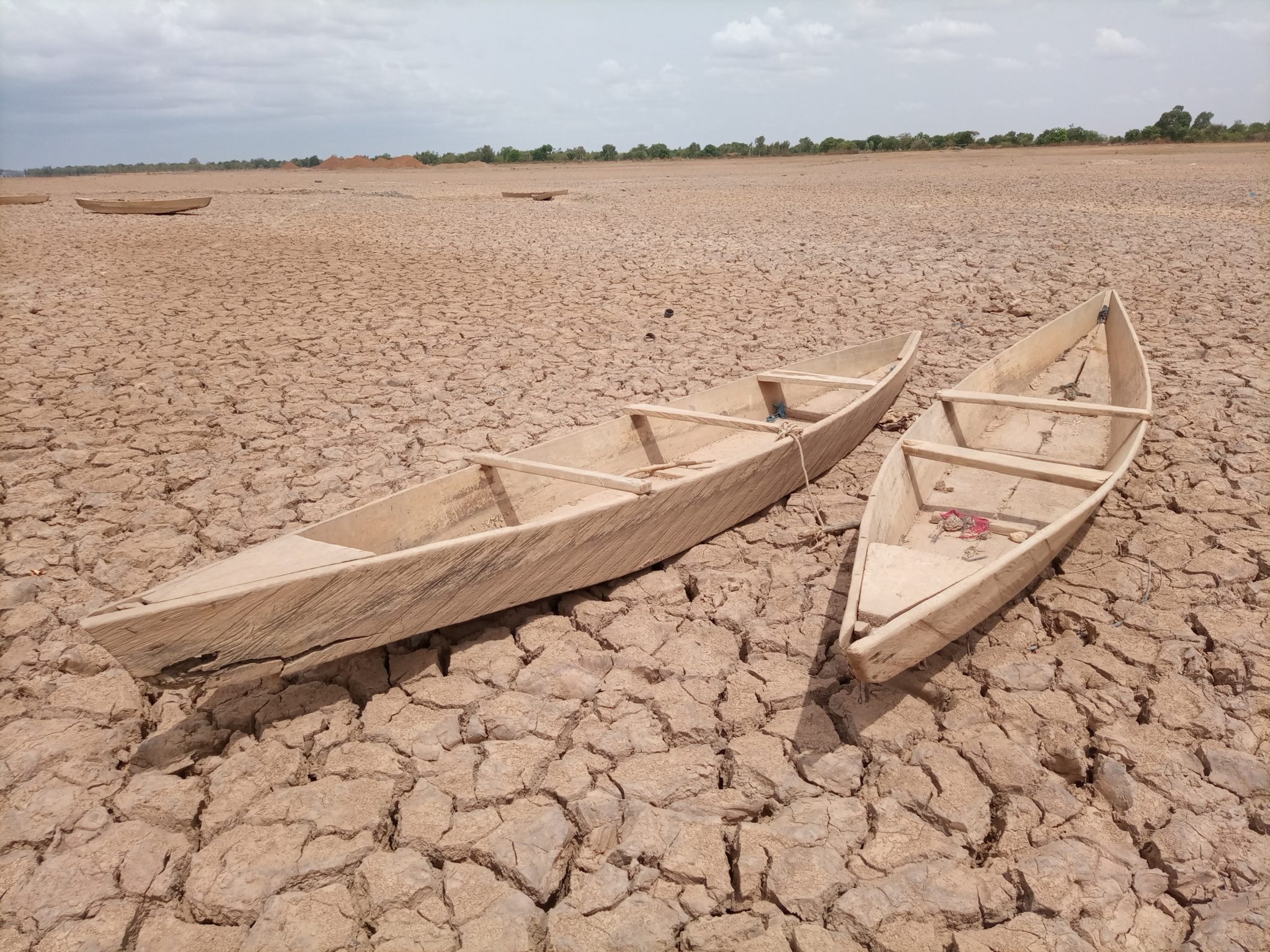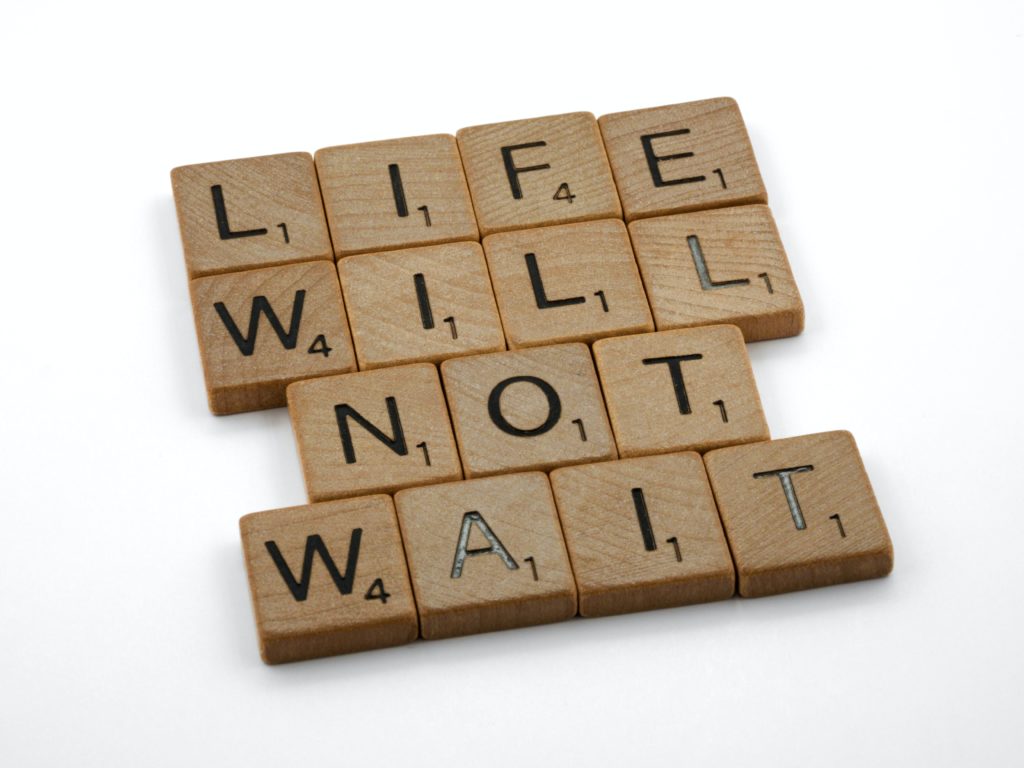A 2021 QUESTION
Watering Golf Courses In Times Of Droughts
Sure, green grass looks pretty but what's the cost?
June 21/2021

Credit : Jan E. Espelid
LOST IN THE SEA OF GREEN GRASS AND DROUGHTS.
Have you ever had a conversation with life that goes something like this…
You “This golf course sure is beautiful.”
If you’re a golfer then I’d place a large bet on the fact that you have. If you aren’t… Probably not the best use of my money. But I’d bet my life savings that 95% of both of those groups, that this was NOT the next follow up thought.
“How much water does it take to keep the grass this green?”
I happened to ask myself this a while back while on my extremely rare visits to a course and by their reactions, you could tell every golfer there hadn’t never really thought about it. So, wanting to scratch the itch and get an answer, I looked into it. I figured it has to be a lot but when I dug a bit deeper, it was MORE THAN I COULD EVER IMAGINE.
I live in Ontario, Canada. Since, I’m not a golfer, I didn’t know this but Ontario is apparently the prime golfing location in Canada (when we aren’t up to our noses in snow). And as such, they have the most golf courses – 848 in fact. So considering they only get watered at most 6 months of the year, how much water do you think they need? Go ahead.
Guess. I’ll wait.
Okay, ready?
50.5 BILLION LITRES PER YEAR. For our America readers that’s 13.34 billion gallons. EVERY. SINGLE. YEAR. And keep in mind, that’s only for one part of Canada that’s only open 6 months-ish of the year. Stateside, where some courses can be open year round, the USA uses 2.08 BILLION GALLONS or 7.87 BILLION LITRES of water EVERY SINGLE DAY to keep those greens green.
That means just in America 759.2 BILLION GALLONS or 2.87 TRILLION LITRES of water are used every year… Just for green grass.
The article linked above was largely California based, so lets focus there for a second. With recording breaking droughts sweeping over Cali and becoming more frequent – 2019 was the only year since 2007 where they DIDN’T have an official drought, let’s ask the question. Are we insane to keep letting this happen?
P.S – This article has slide-able pictures comparing the water levels in California lakes and dams between 2019-2021. They are truly shocking and worth your time, we promise.
Let’s dive in.

Doesn’t look fun, right?
That’s drought in action. Sure, extreme action but action none the less. However one thing I think everyone can agree on is not wanting it to live in it. I know I for one would prefer a lake that has water but hey… That could just be me.
Then it’s a good thing golf courses are looking into alternative methods and technology to curb their water usage. For example, 15% of them used recycled toilet water (with all of the waste removed of course) to hydrate their greens while to the second sprinklers and underground meters can show the exact hydration of grass at any moment. These are all good measures even if they’re still in the works.
Let’s take a quick detour for some fun… Math.
Let’s start simple. How much of California is in drought right now? Easy… 100% with 85% of the state being in ‘extreme draught’. Now I’m no water or irrigation expert but 100% being in draught sounds bad…
Anyways, moving on. Every year it’s estimated that 3,575,000 people die from drinking dirty water.
The average person should drink roughly 3 litres of water a day so to fix this problem it would require 10,725,000L of water or 0.0000003% of what we use on golf courses. Or to put it in simpler terms if just 82 golf courses didn’t water their grass for ONE DAY, we could completely stop every single death from dirty water ON THE PLANET.
To really make you feel the feels, a child dies every 2 minutes from lack of clean drinking water. If you read at an average pace then just in the time it takes you to read this write up, 2 – 3 kids will have died. That means 720 kids will die today from not having access to water. It also means it would take only 2160L of water per day to save them or 0.0000002% of what we put on golf courses daily.
I can already hear the arguments “It isn’t that easy”, “That doesn’t include the price to get the water to them”, “The real problem is them not having RELIABLE ways to access water.” – All true. But are ANY of these good enough reasons to not even try when it costs such little of golf course’s total water consumption?
Look, when we’re actively dumping obscene amounts of water onto grass just to keep a hobby looking ‘pretty’ so golfers can have the most pleasant ocular experience possible while using just a small fraction of that water could save MILLIONS of lives, I’d argue that isn’t worth it. But hey, that’s just me.
Plus if it only takes 0.0000002% of water reduction to save these people, who can say that isn’t worth it? I mean reduce your water intake by 0.0000002% or water your vegetable garden 0.0000002% less, will you be able to tell? Not a chance. And neither would golf courses. They would be just a green as before only now you could display signs saying ‘Notice anything different about the grass? By cutting our water usage by 0.000002%, we saved the equivalent of the population of Connecticut and… I know you can’t see a difference.”

Is this a stock image?
You betcha. Does it speak the truth? Absolutely. Especially for people who don’t have another day without clean water.
The truth can be inconvenient. And one of the most unignorable truths is nothing starts until someone takes the first step… And the first step is often the hardest.
Admitting that ‘hey, maybe we’ve been doing something wrong’ isn’t easy, especially when doing the opposite of that thing can save lives and we haven’t been doing it.
But it all starts today, or at least it can. Knowledge is power and I hope this has helped you be a little more powerful, forward it to someone you know, someone that can maybe make a difference or if you have an avid golfer in your life and you just wanna bug em a bit… Send it to them.
A brighter tomorrow, that starts today, starts with us.
P.S – This entire write up came off very negatively towards golf. I’m not anti-golf by any means and it should be noted that the industry as a whole is trying to make strides toward using less water. Whether they’re successful or not and the size of those strides varies but they are trying to help at least a little.
This article (written by the National Golf Foundation so… Take with a grain of conflict of interest salt) we found to be fair in outlining the contributions being made to use less water, utilize technology and even go as far to say that golf may need to accepted brown grass or be made seasonal so rain water can keep their courses green.
Also a southern California a golf course was able to reduce its water usage by 35% by changing the type of grass it housed.
P.P.S – In researching ways to stick up for golf courses, we came across this excellent article talking about the water greed of them. We would highly suggest reading it (it’s short too) but we’ll leave you with a quote.
“You will spend more money at your club keeping grass green. It’s a fact. That’s why the Scots have it right, it’s why the Kiwis have it right… They have (maintenance) staffs in Scotland to this day that are five to six people. How do you maintain an 18-hole golf course year-round with five or six people? Don’t fertilize it too much, the grass won’t grow as much. Don’t water it as much, the grass won’t grow as much and that means you don’t have to mow it as often. That means you don’t need as much labour… That’s sustainable golf.”
‘Sustainable golf’. I can already hear come-back insults of that term to us ‘precious snowflake’ millennials but I gotta say… I hope we live to see the day that people aren’t dying from lack of water and golf courses still look as green as ever.
We hope this helped!
As always, transparency is a key goal of ours. Here’s our references for the write up.
Ontario Water Usage For Golf Courses
American water usage for golf courses

